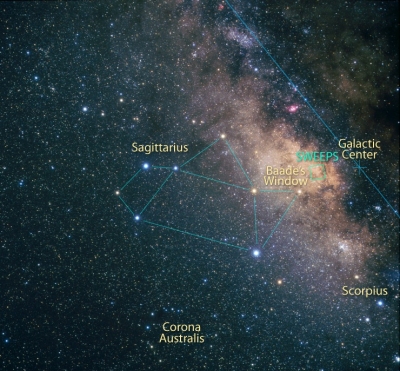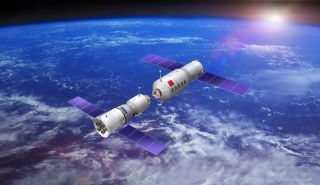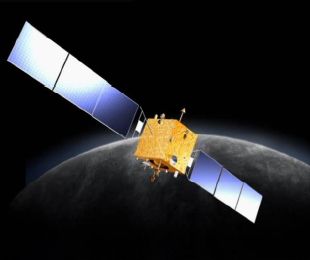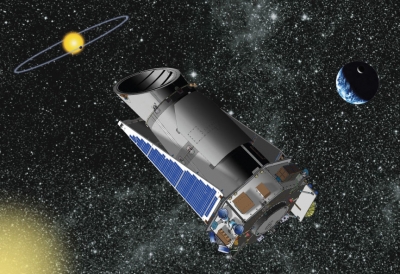What is Blood Moon?
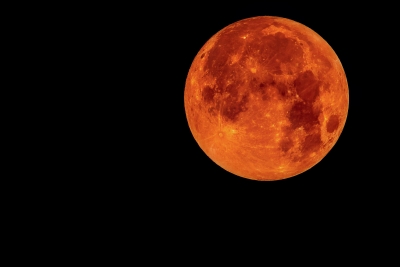
The term Blood Moon once was used in some sects of Christian prophecy to describe a total lunar eclipse that belonged to a tetrad of total lunar eclipses. The most recent Blood Moon – at least by this definition – took place on September 28, 2015. The next one won’t come until April 25, 2032.
The moon orbits around Earth, while Earth orbits around the sun. The moon takes about 27 days to orbit Earth and goes through regular phases in a 29.5-day cycle. The difference in these two cycles has to do with the relative positions of the sun, Earth and moon, which change during the moon's orbit.
Lunar eclipses can only happen during a full moon, when the sun fully illuminates the surface. Usually a full moon has no eclipse because the moon orbits in a slightly different plane than the Earth and the sun do. However, at times the planes coincide. Earth passes in between the moon and the sun and cuts off the sunlight, causing an eclipse.
Picture Credit : Google
